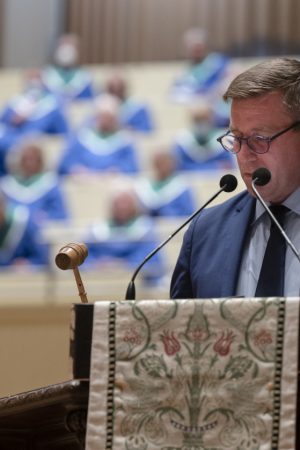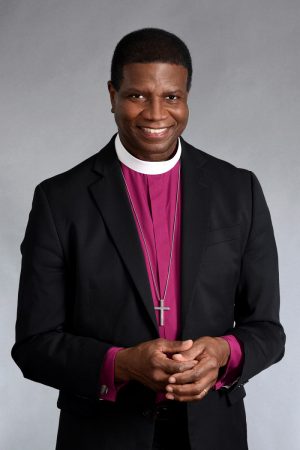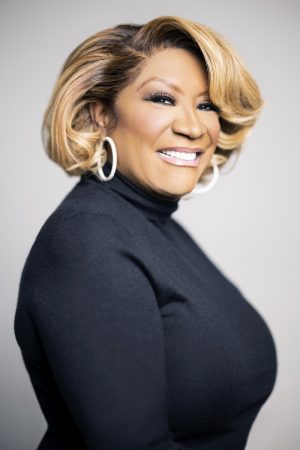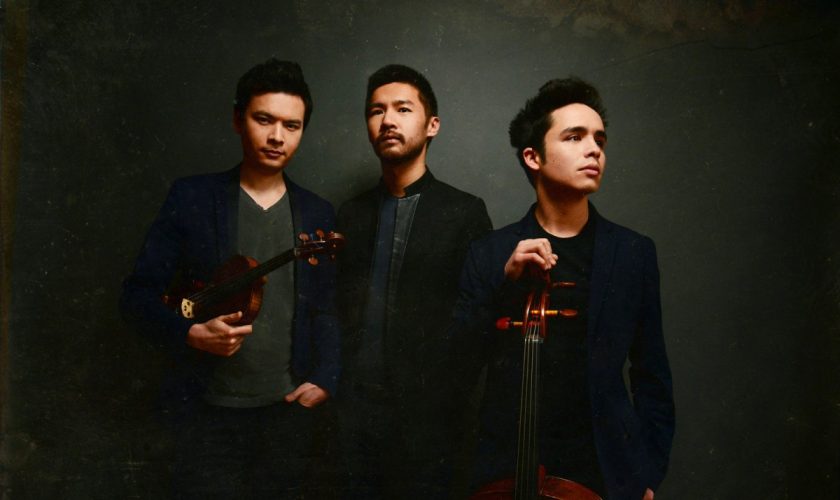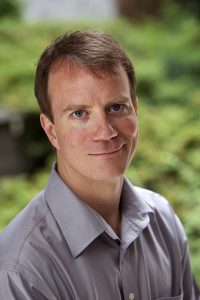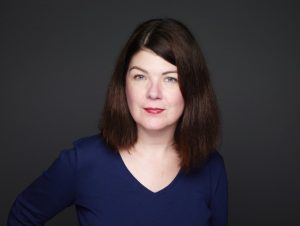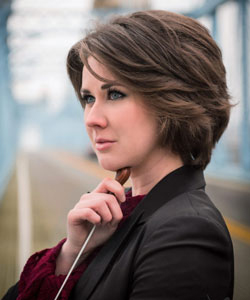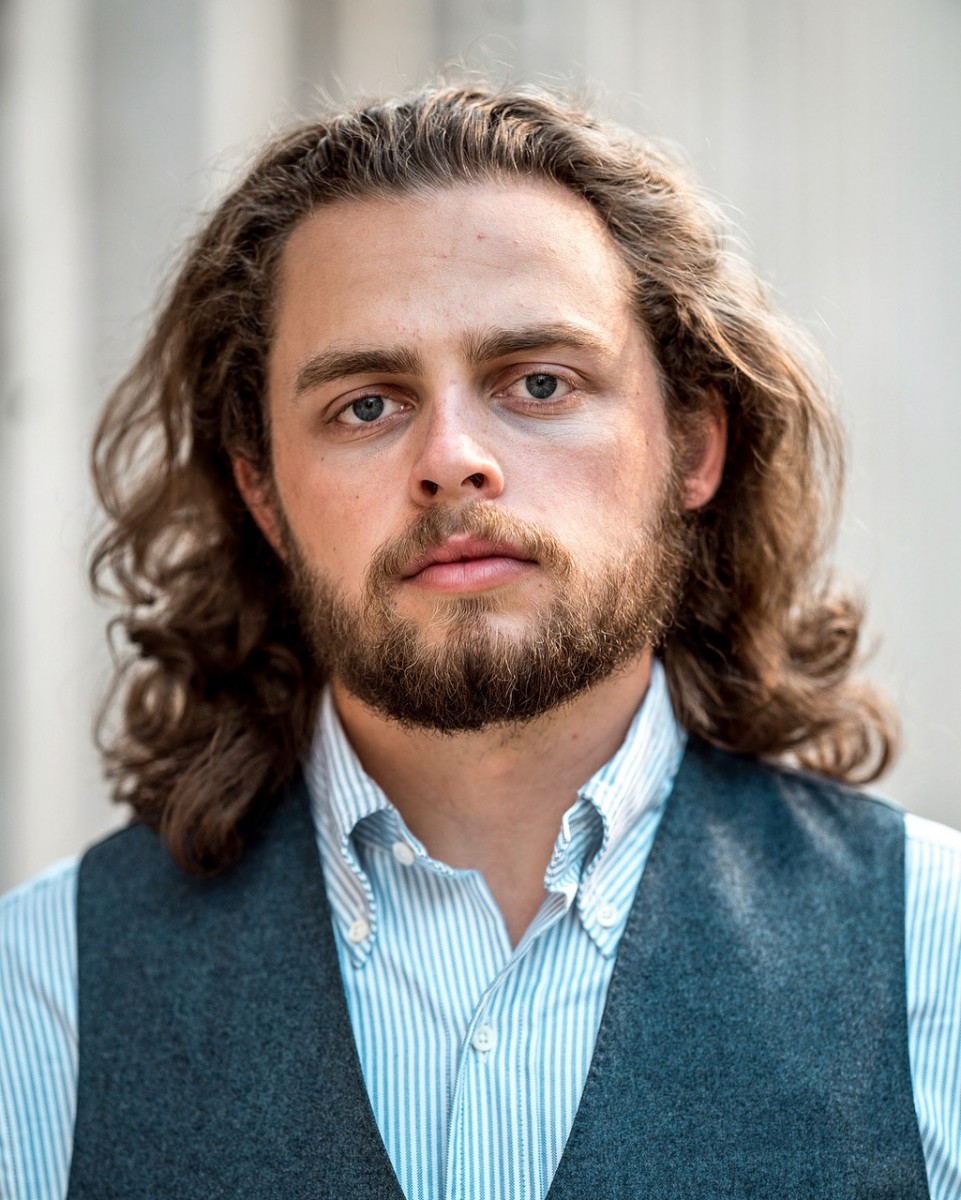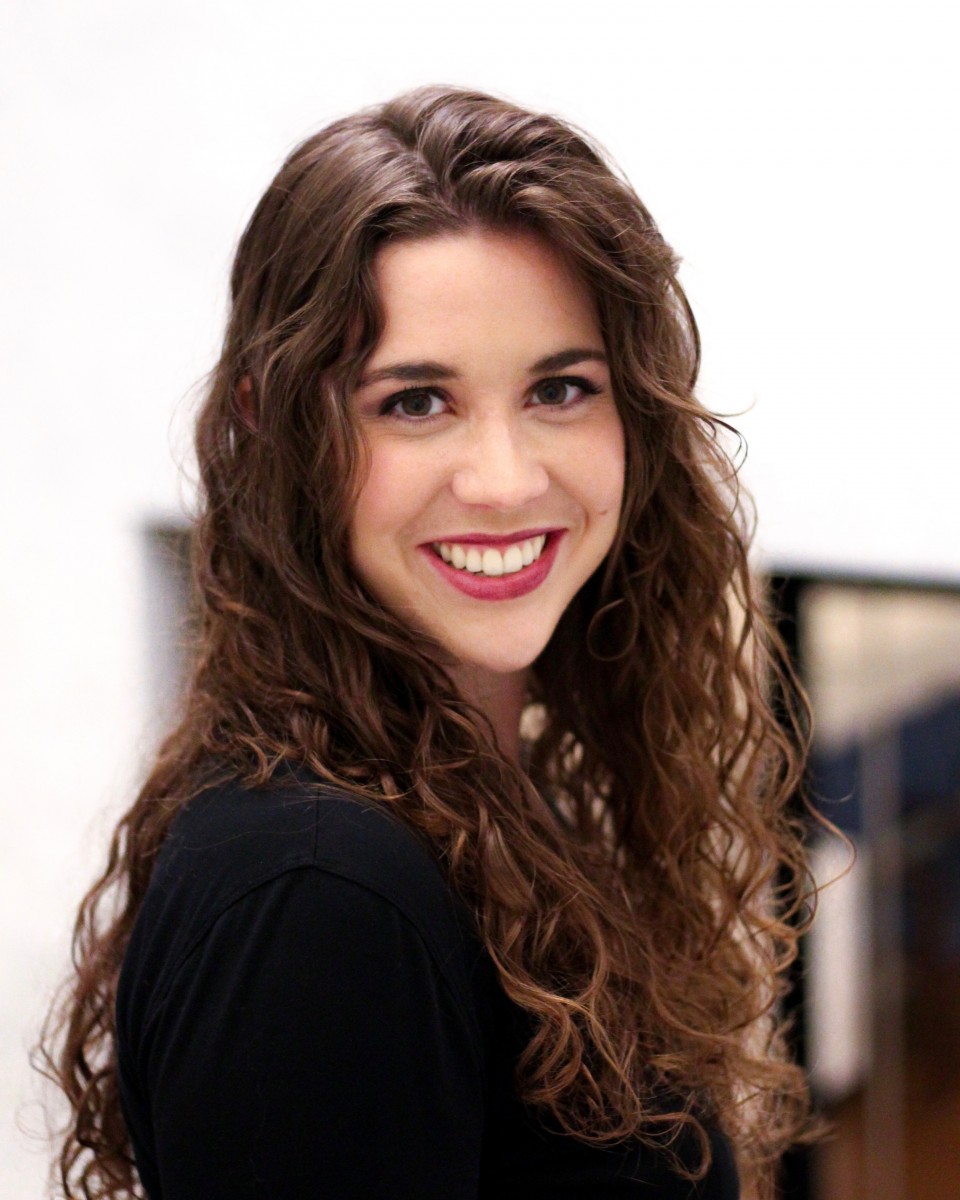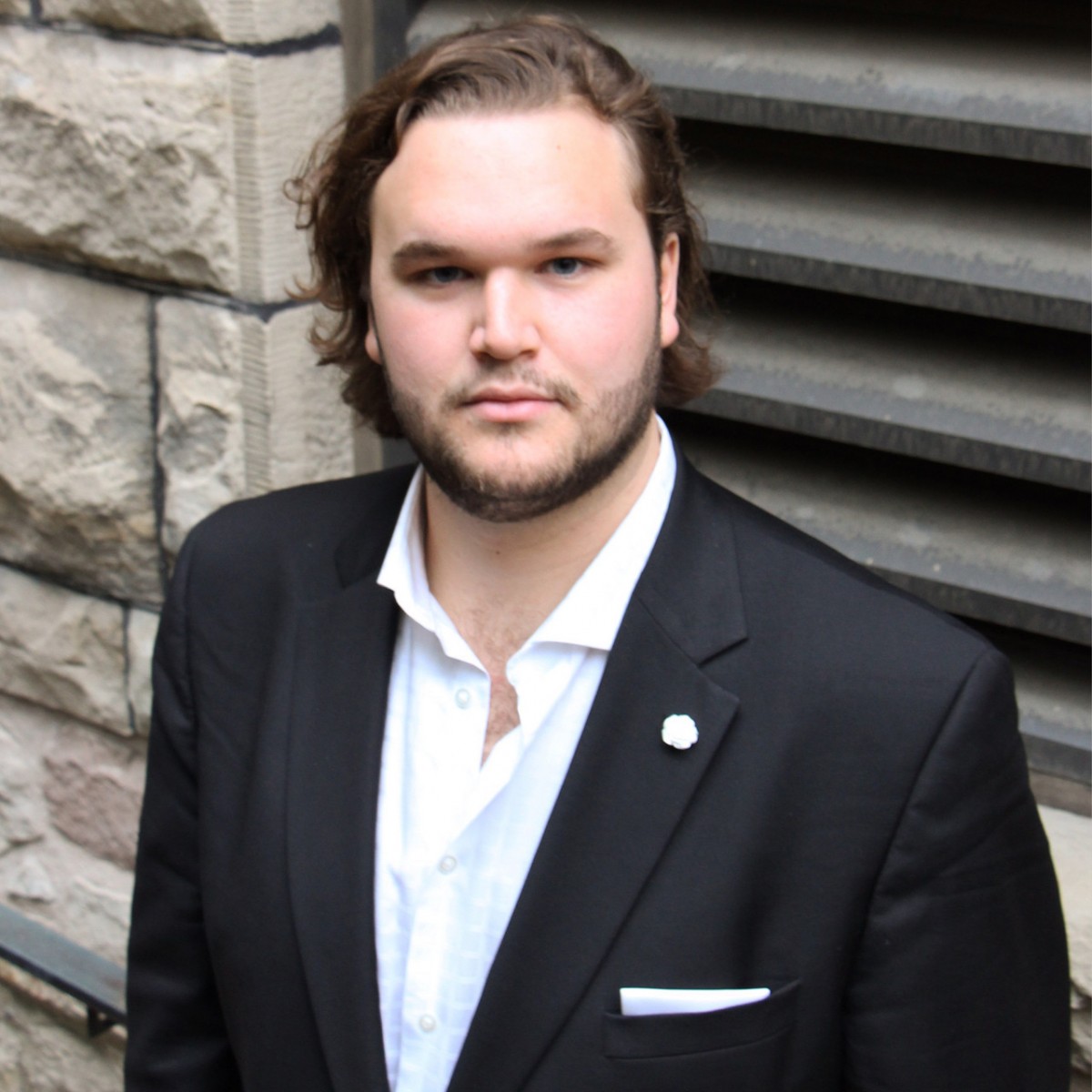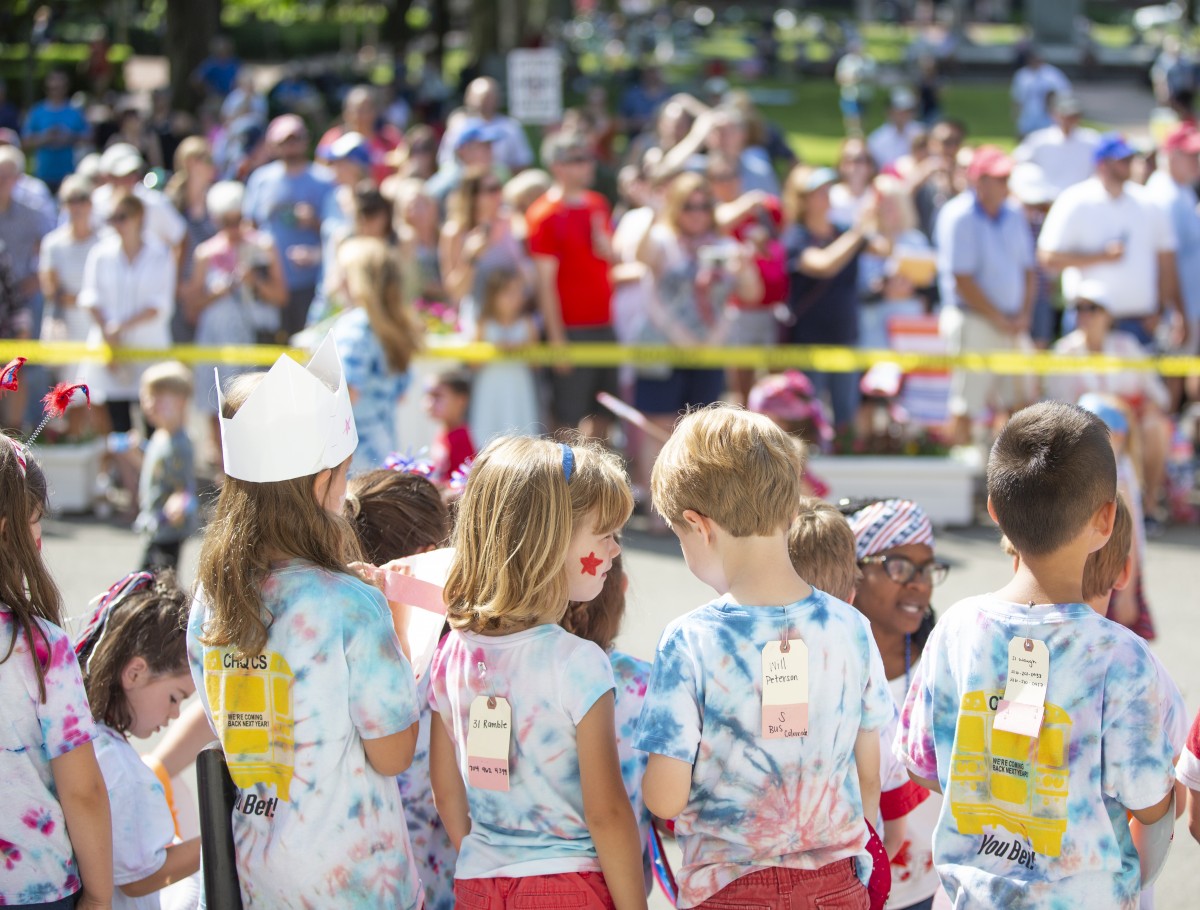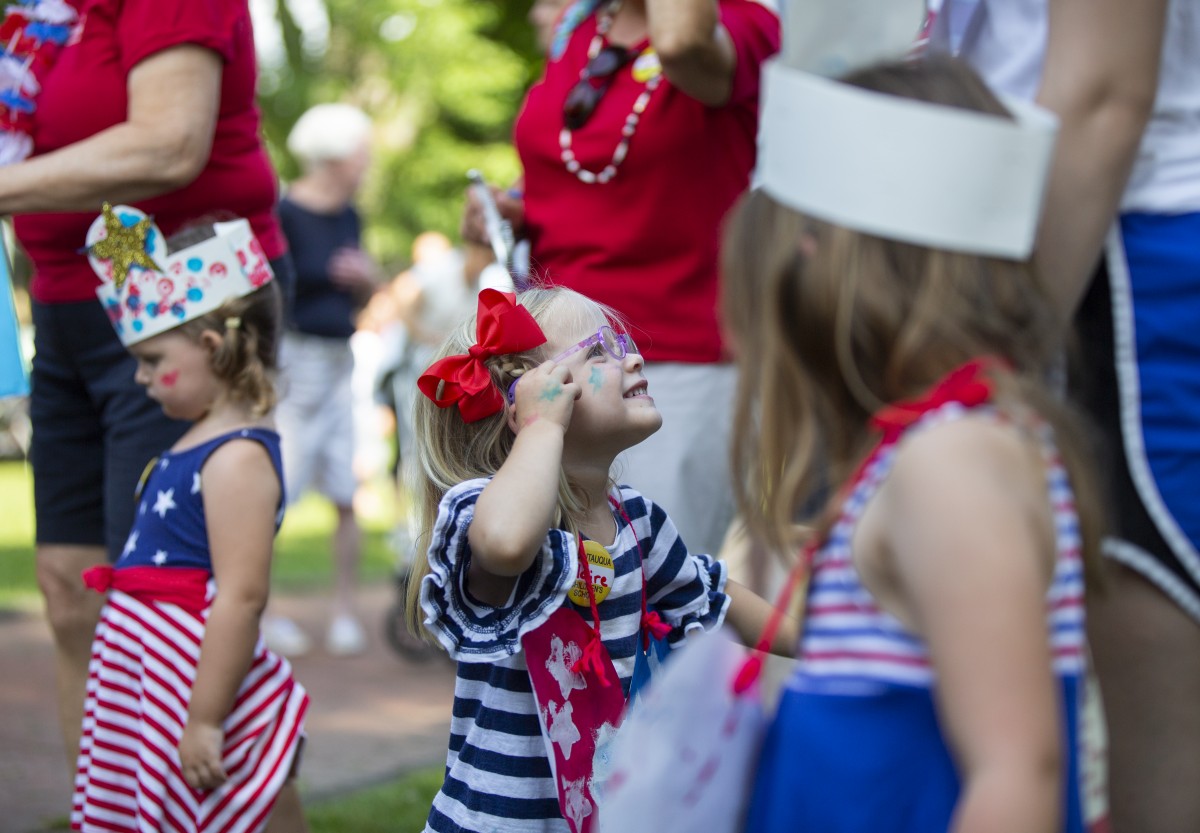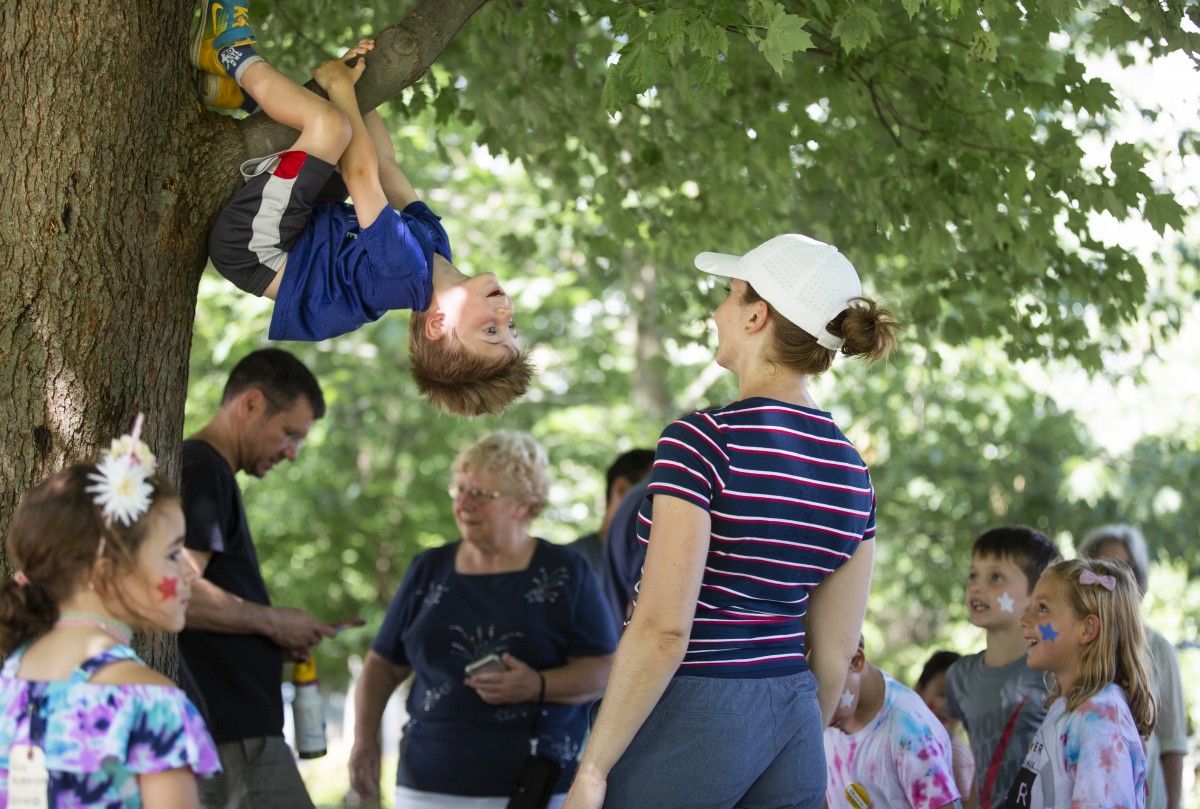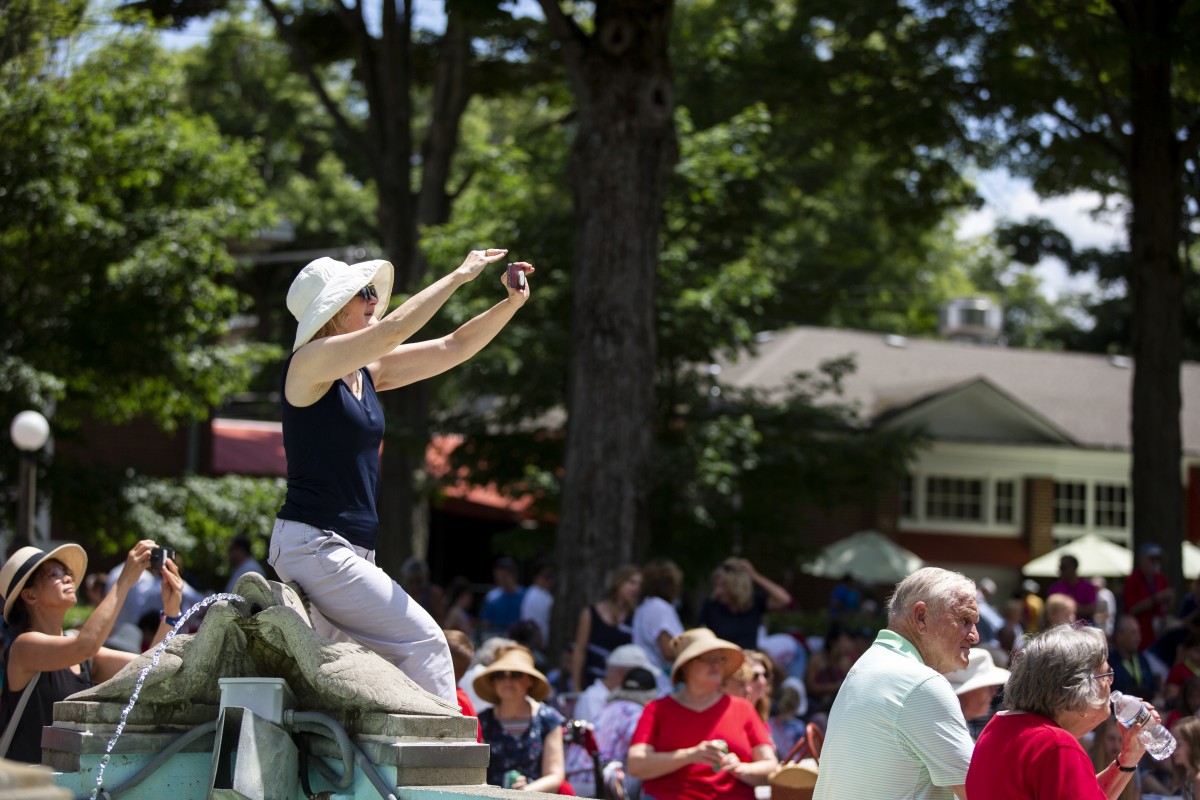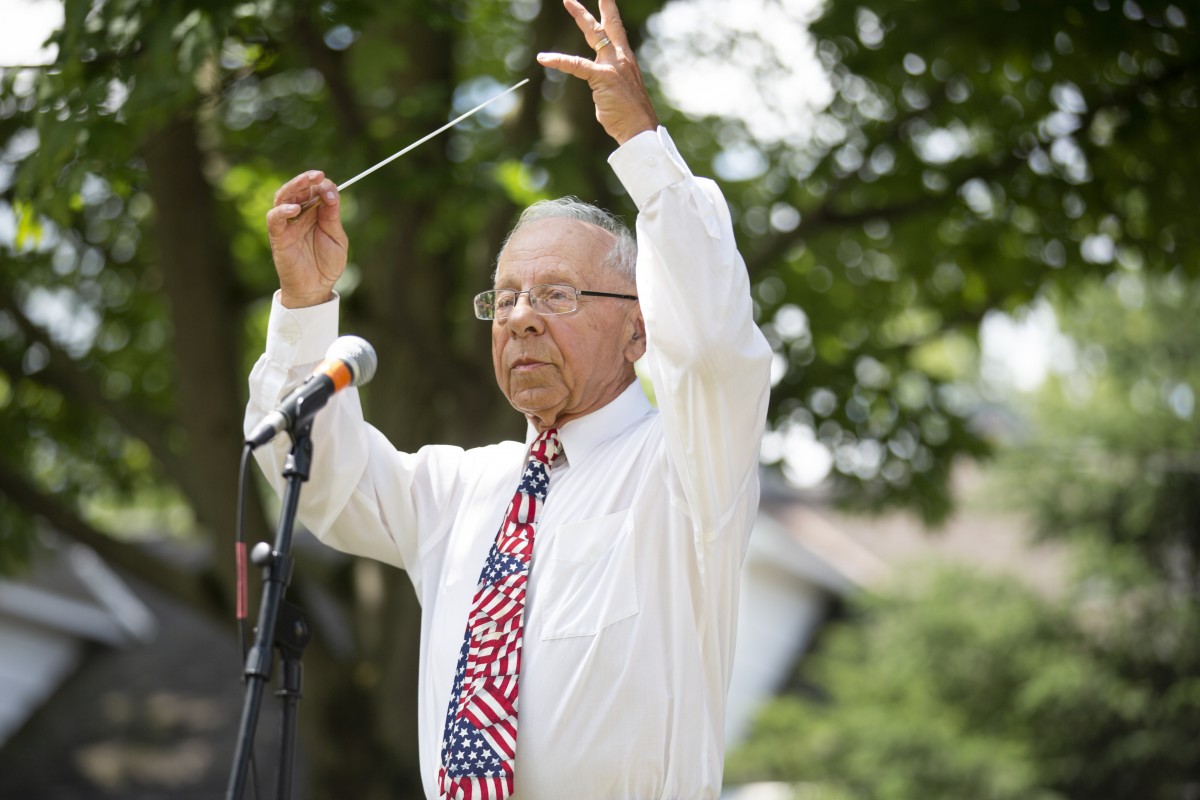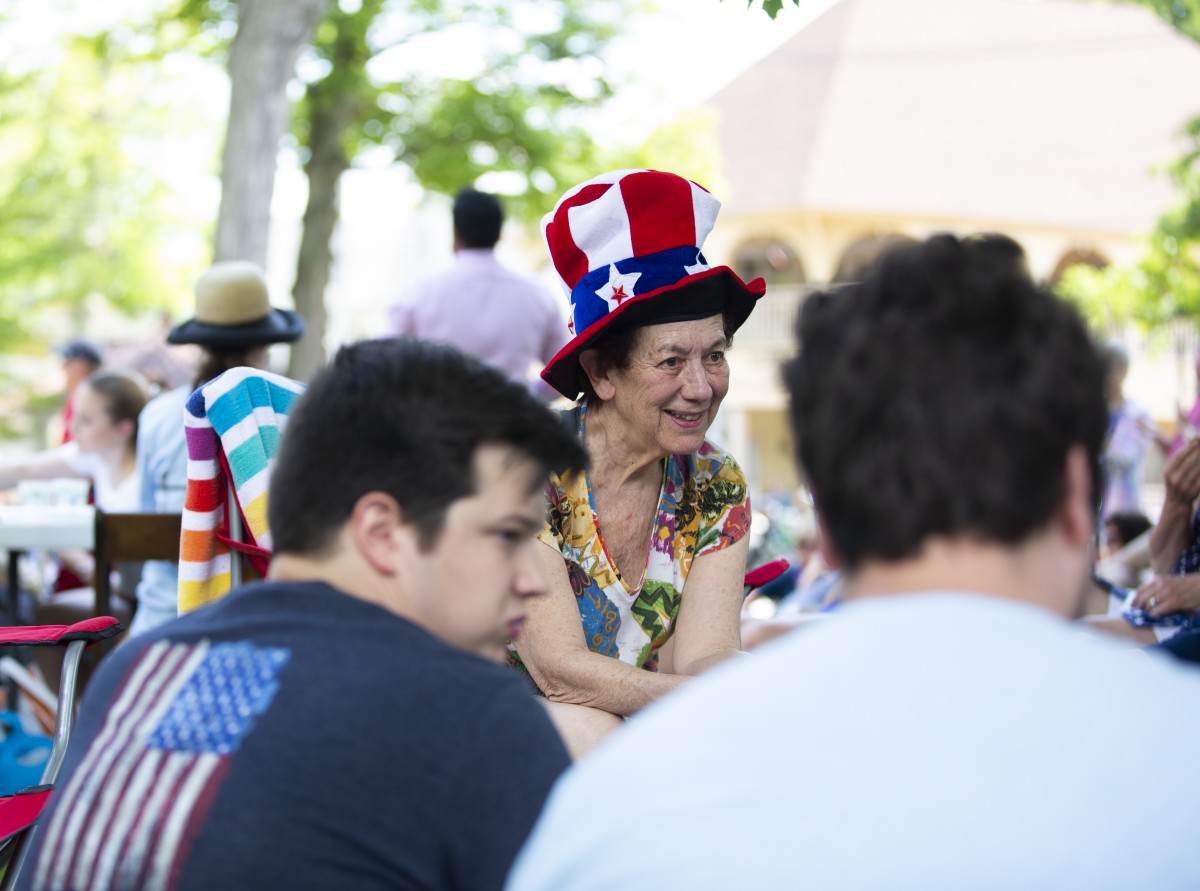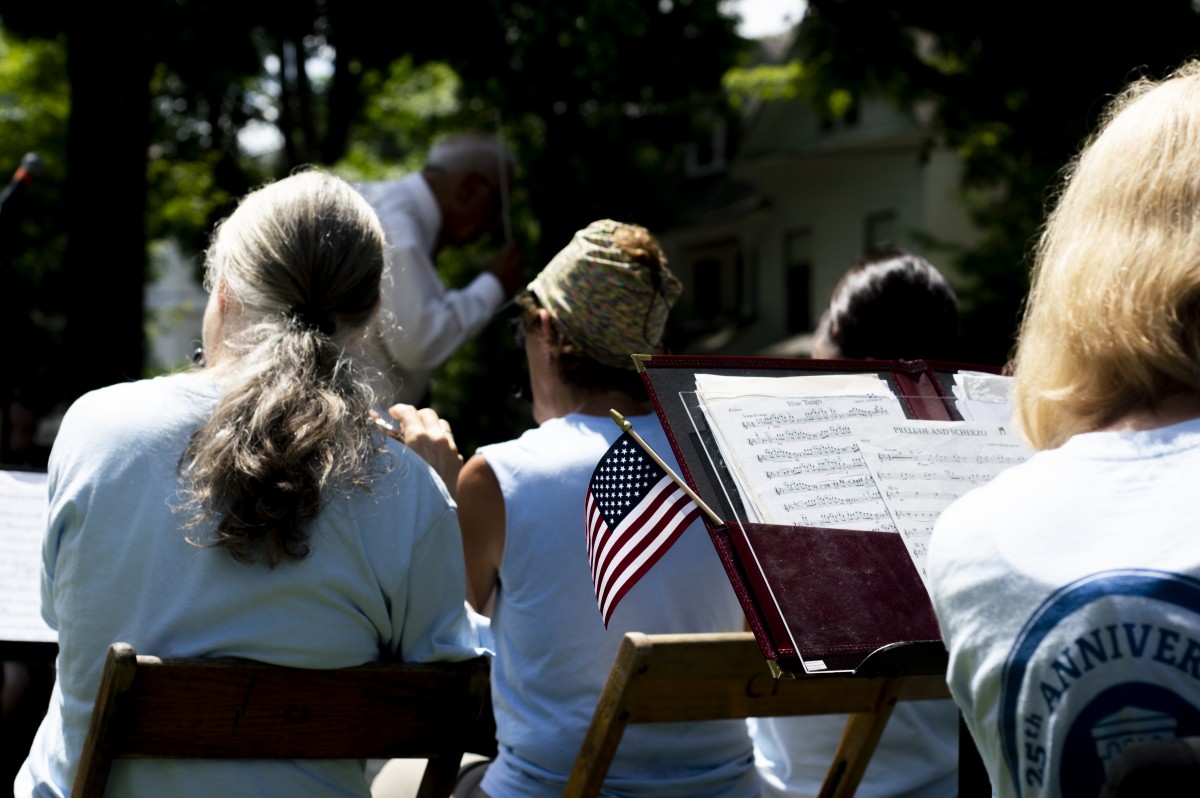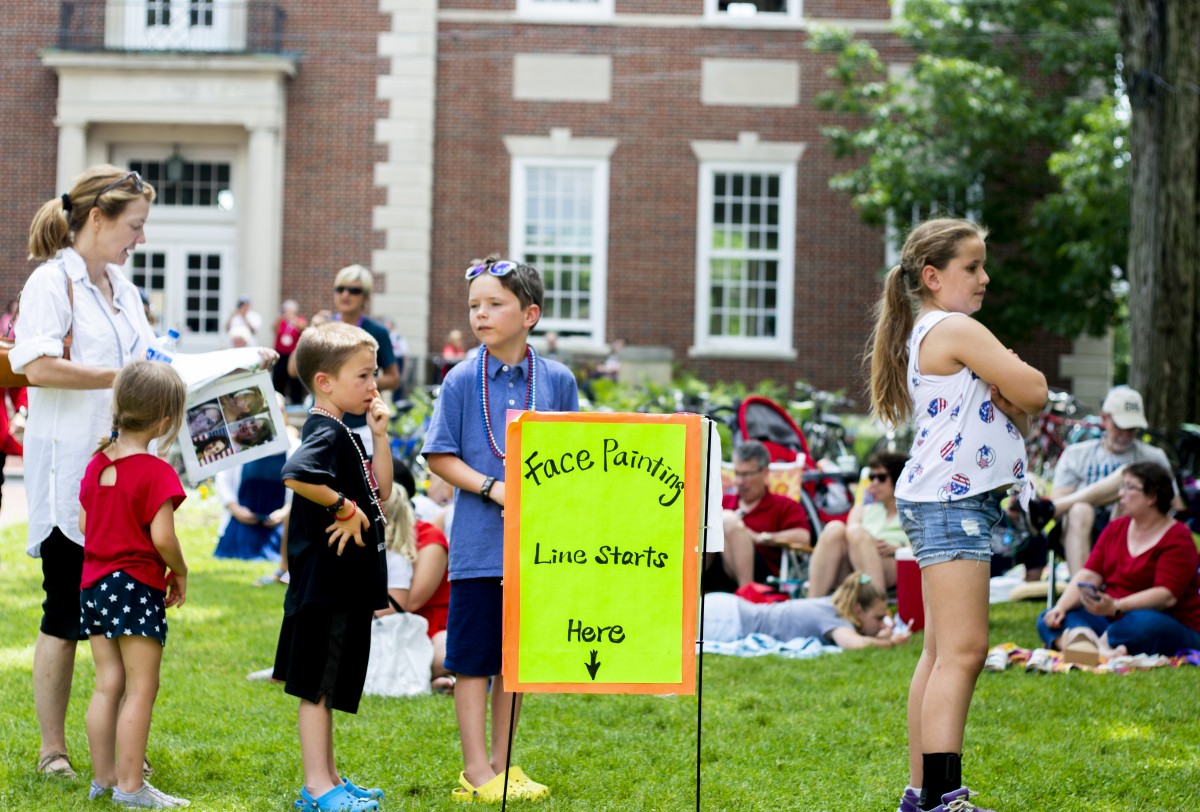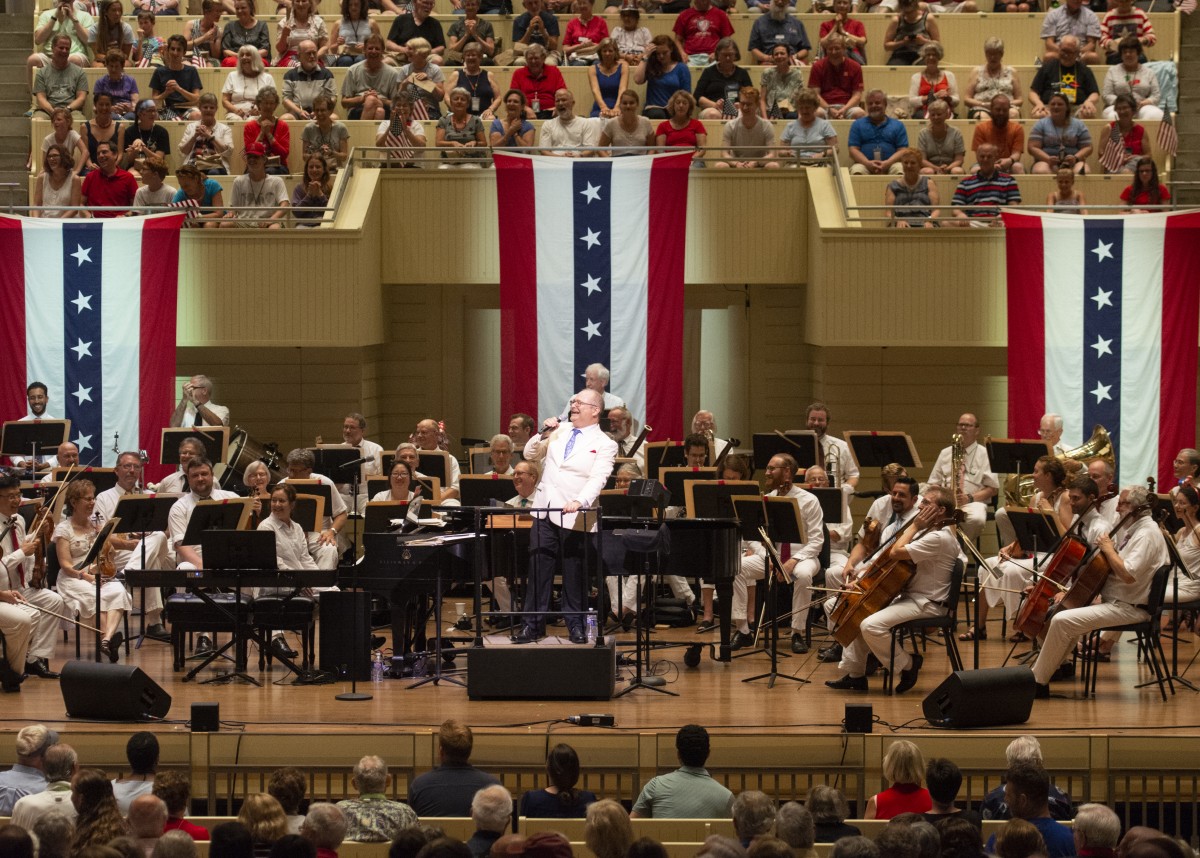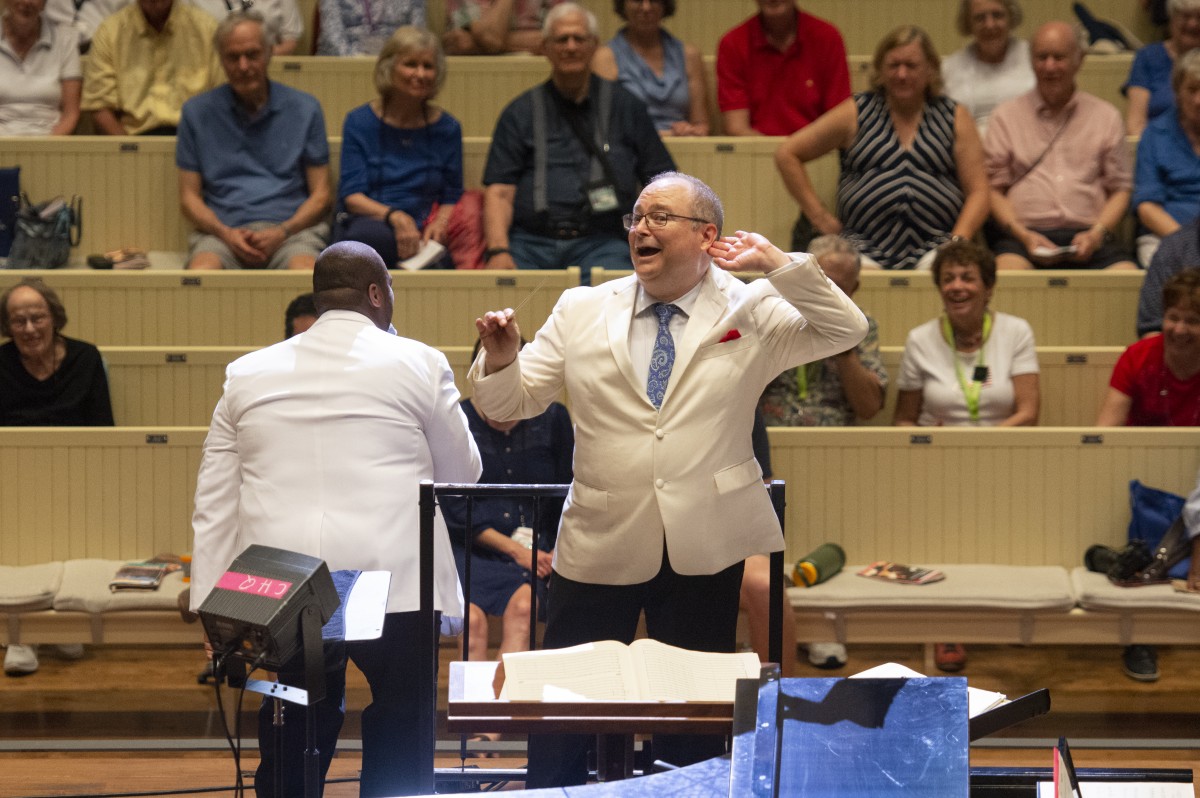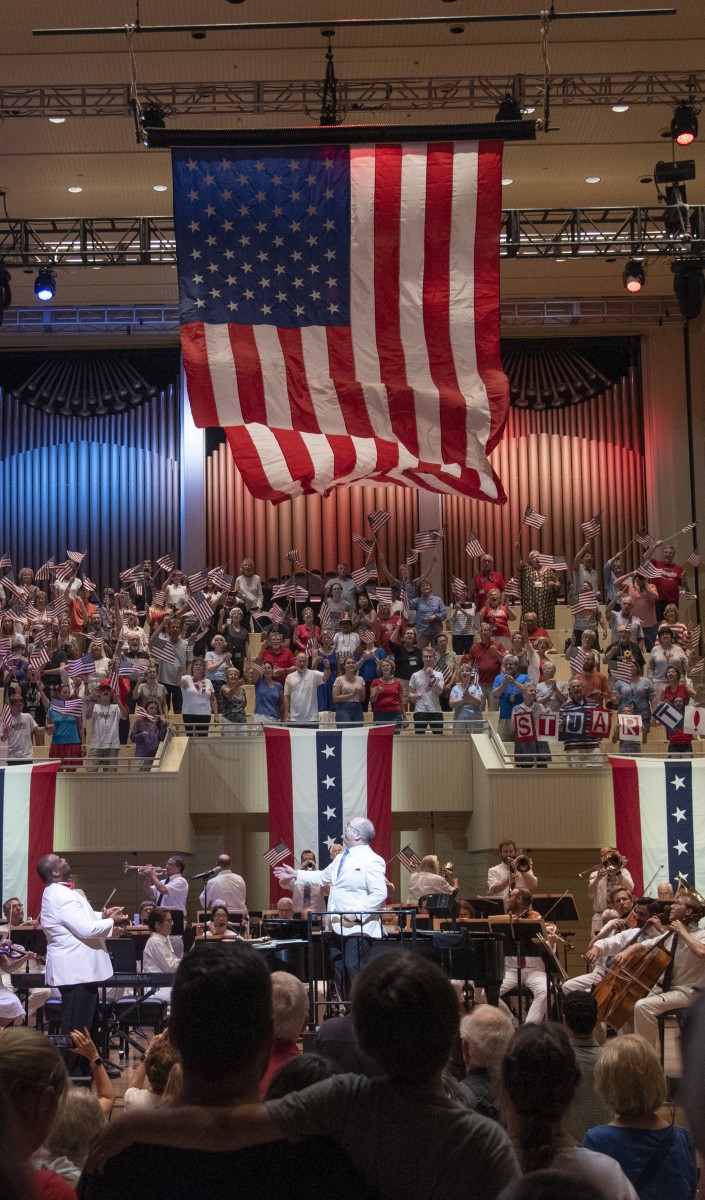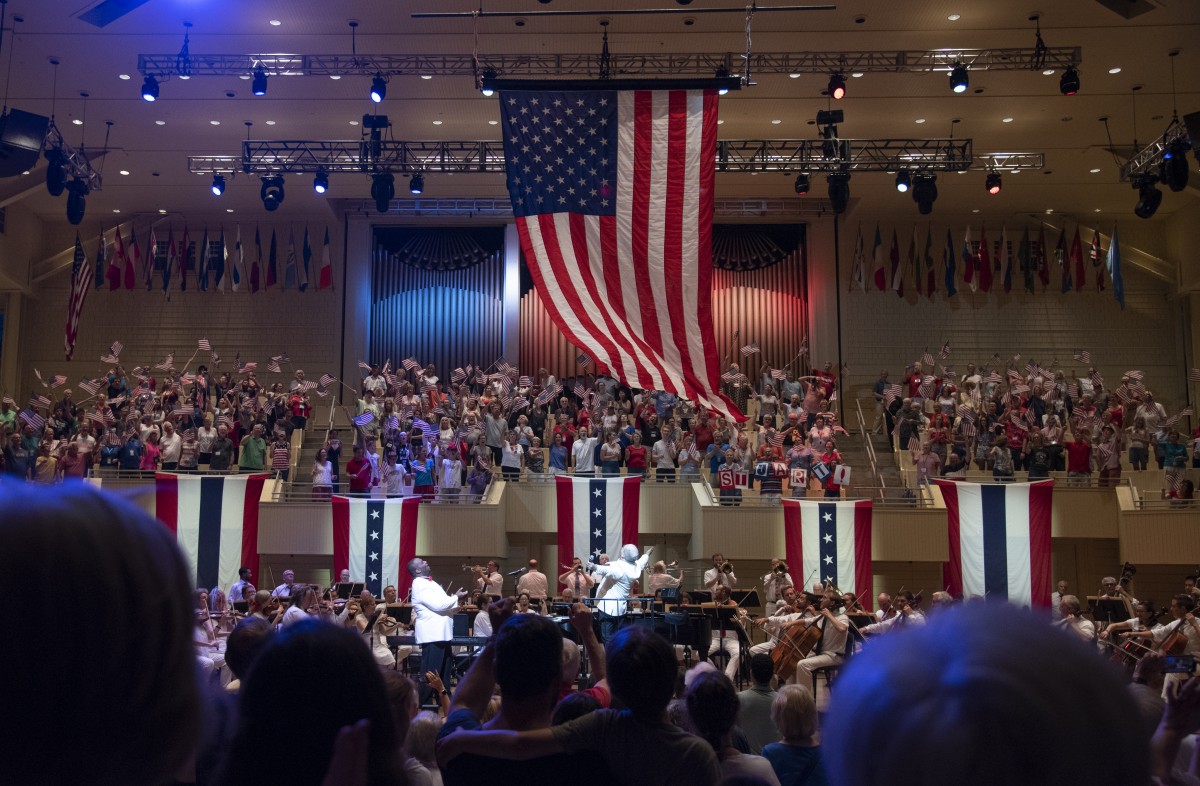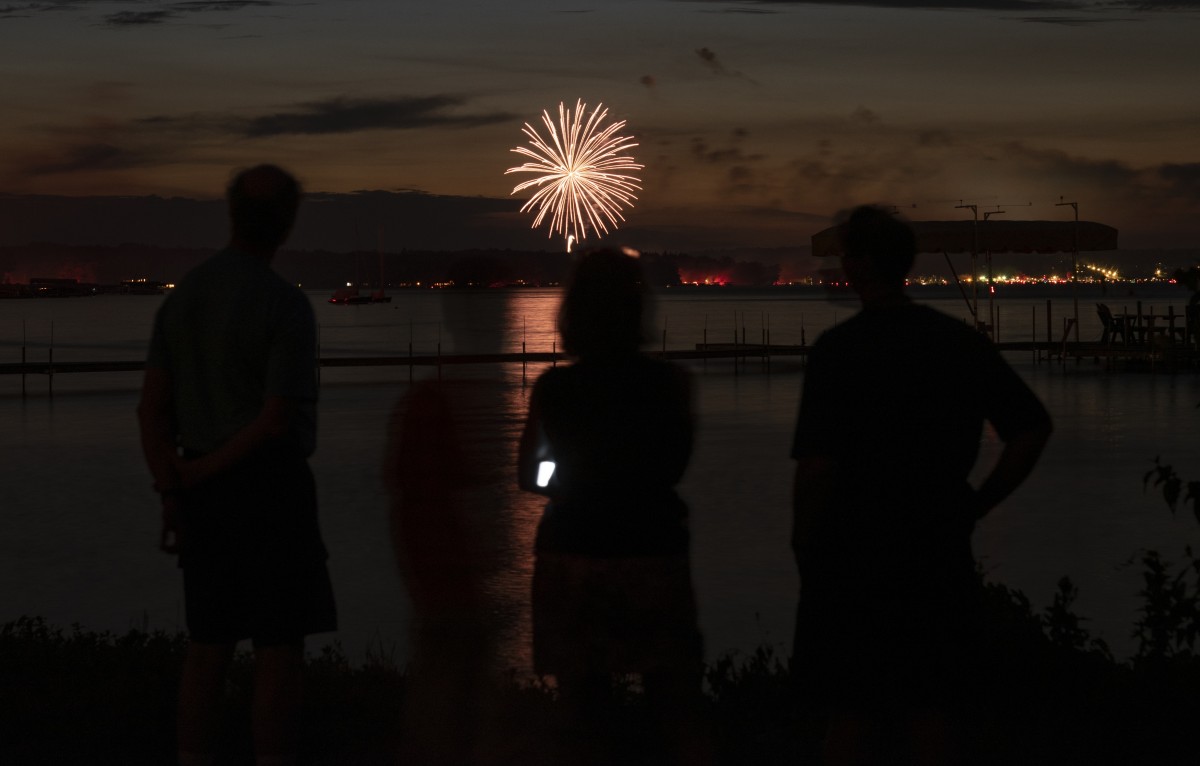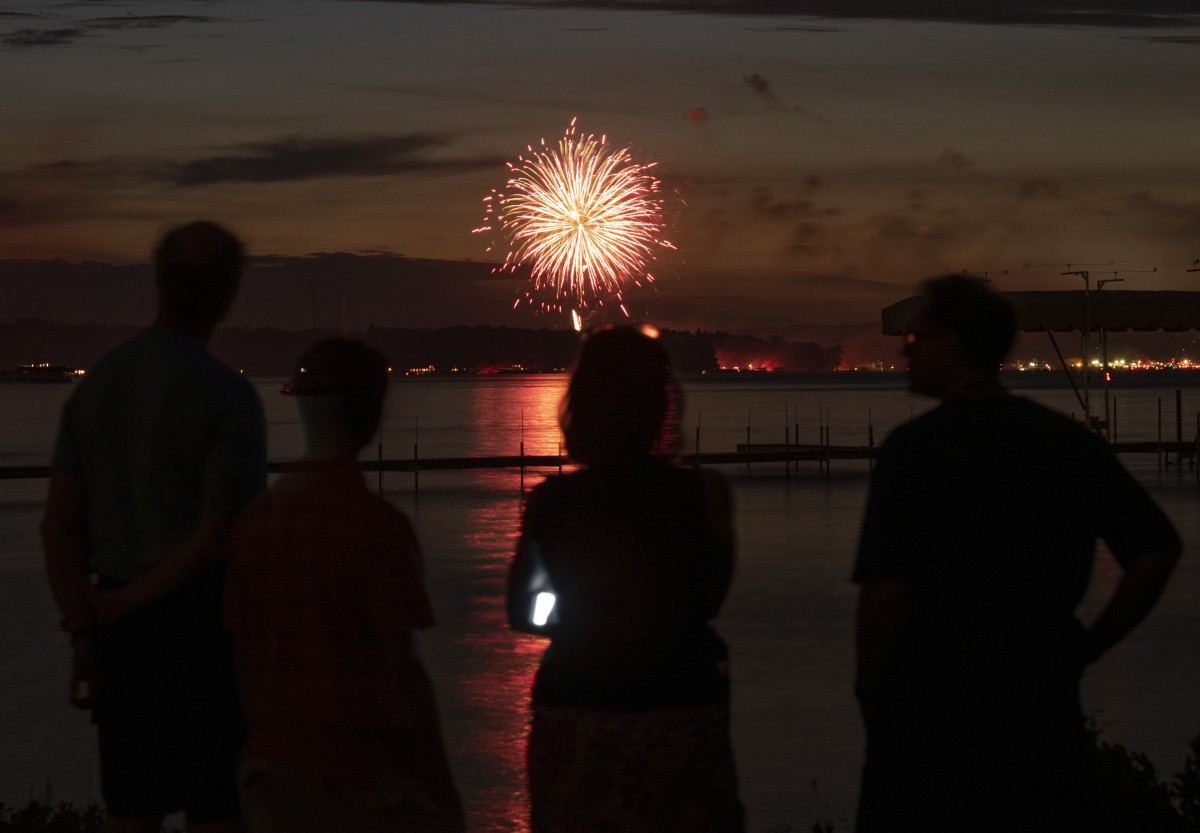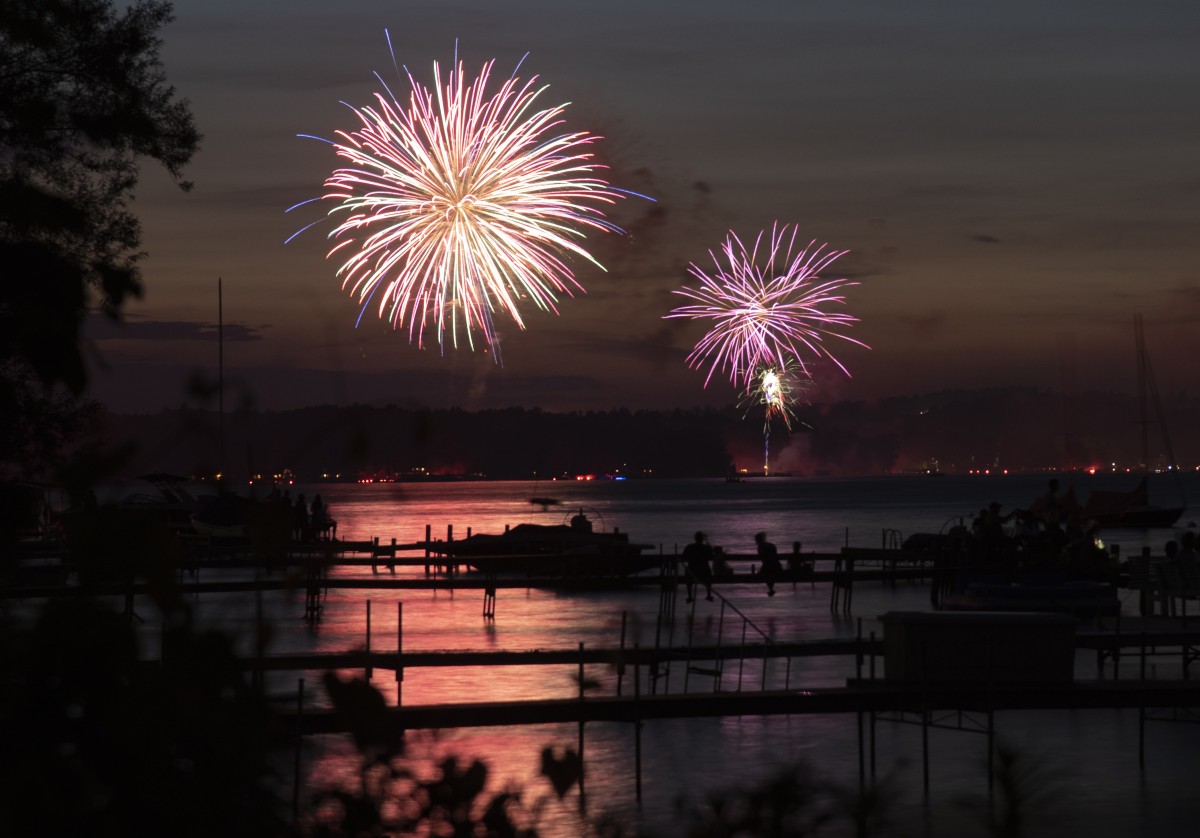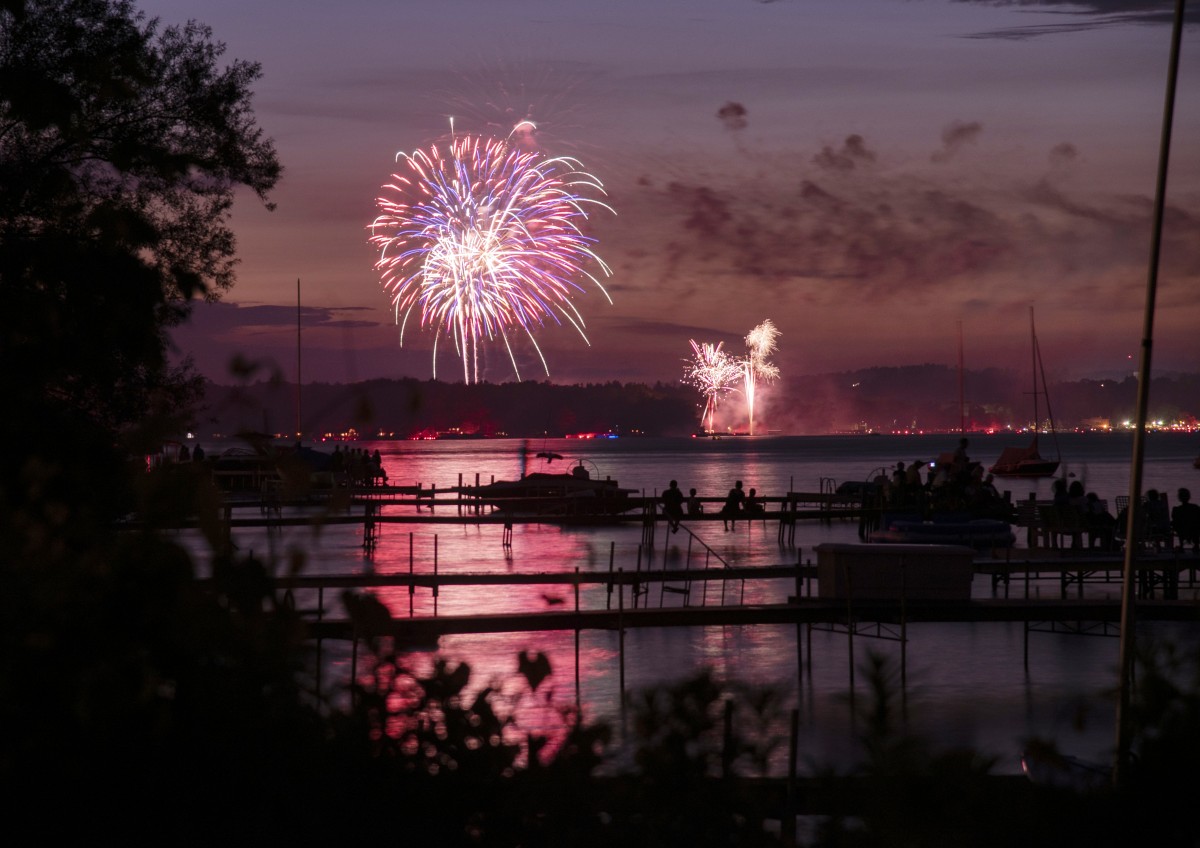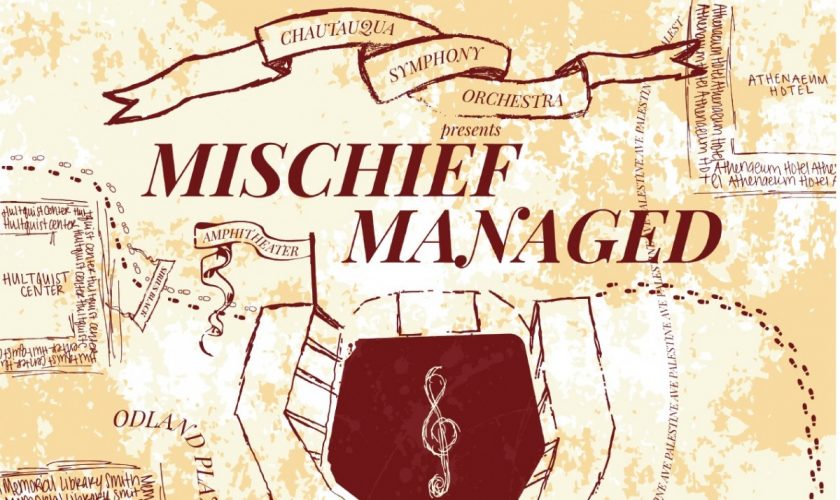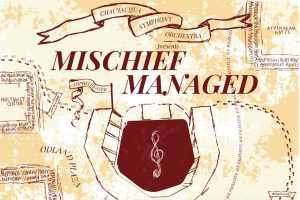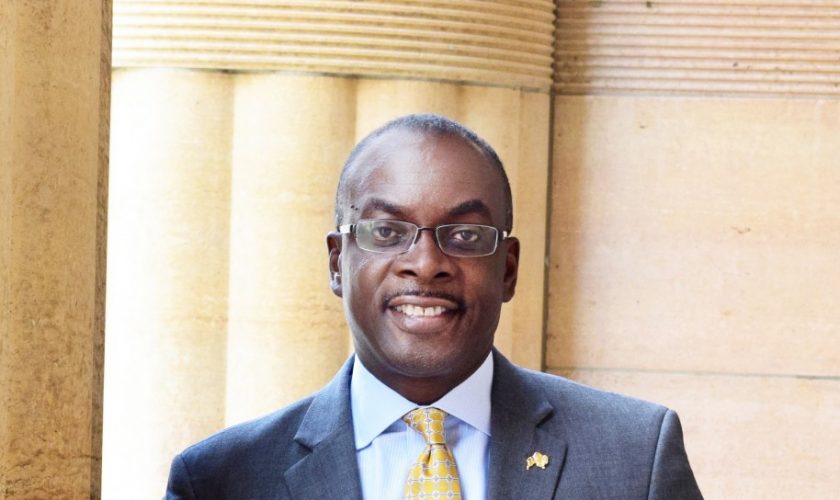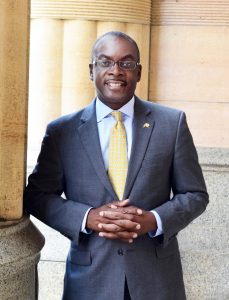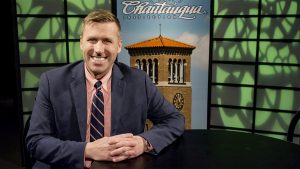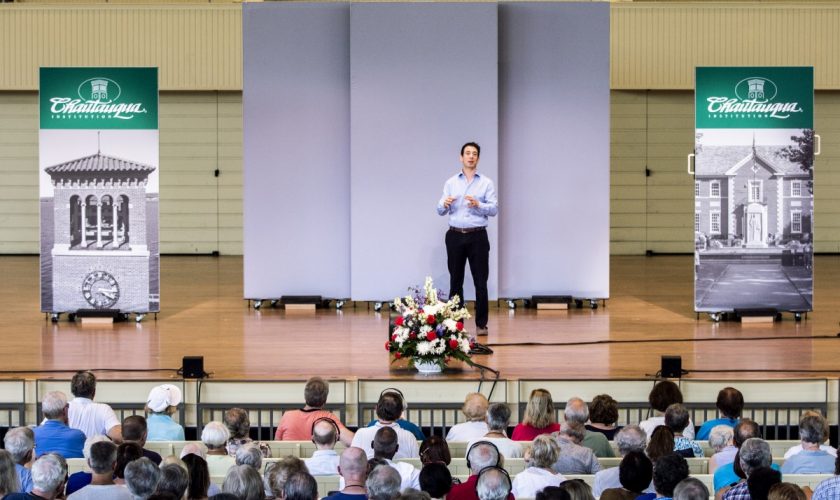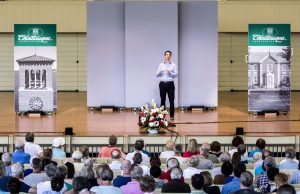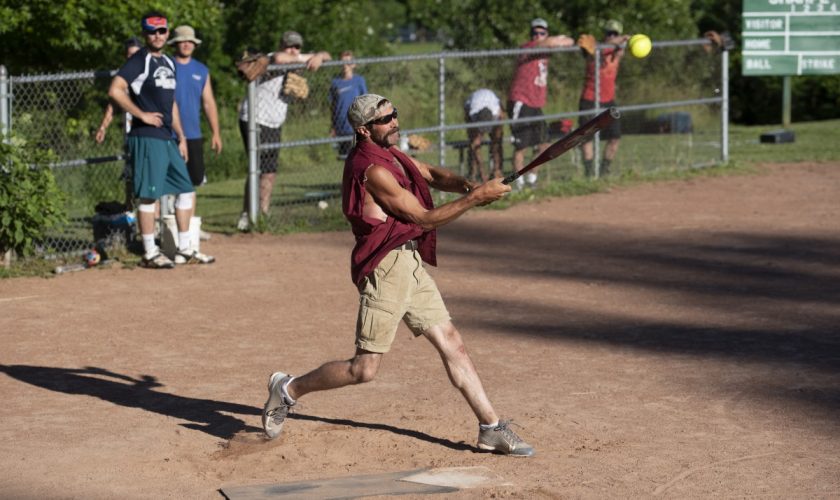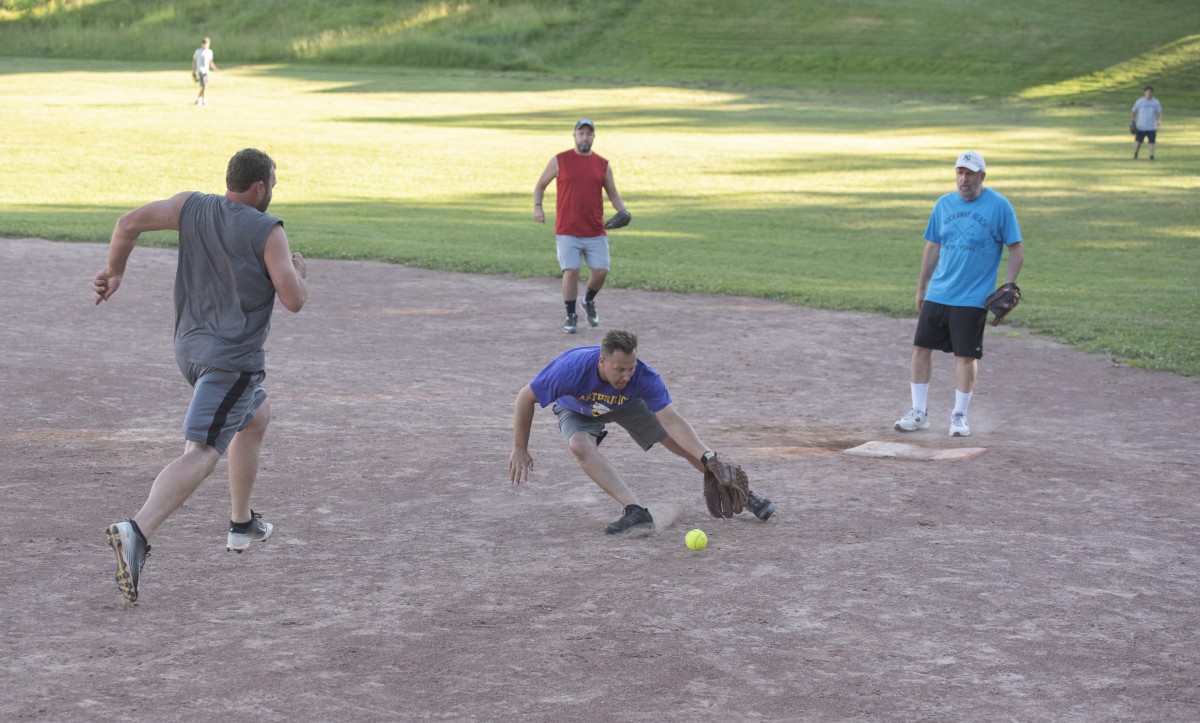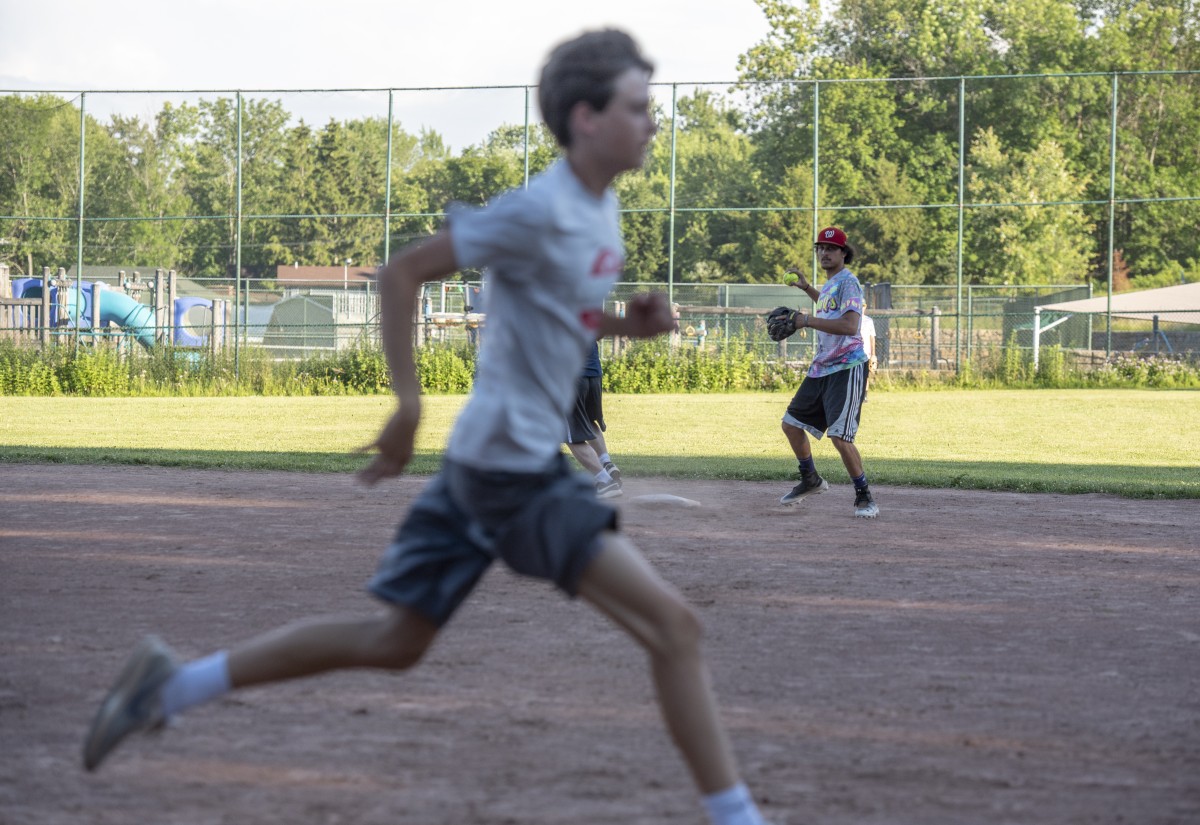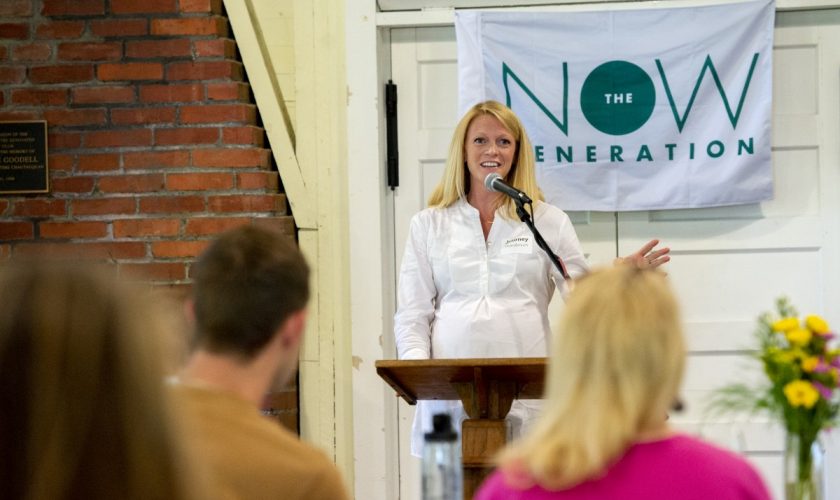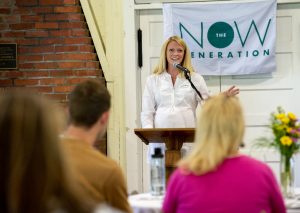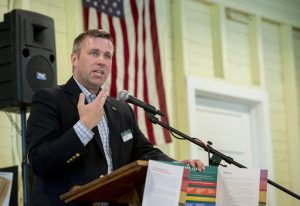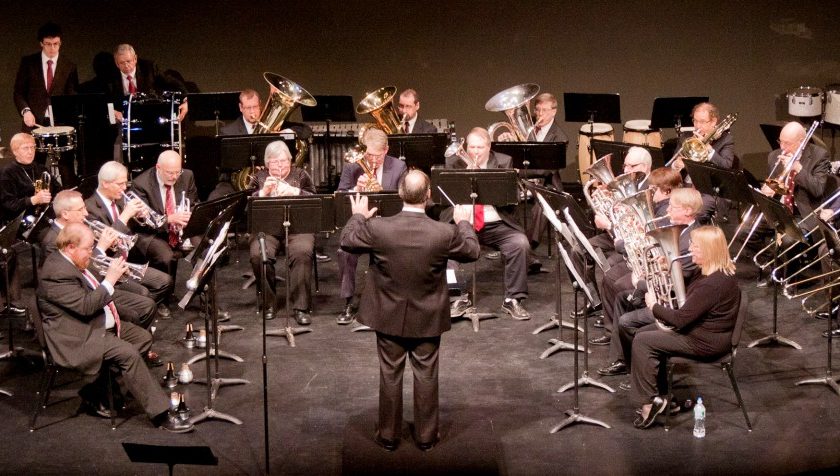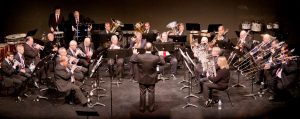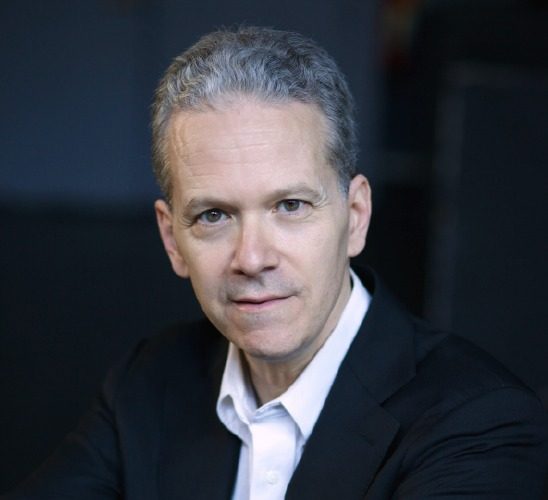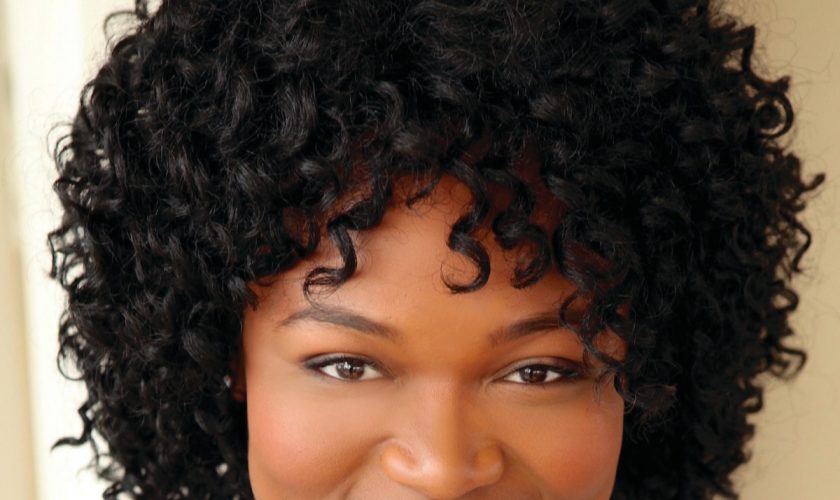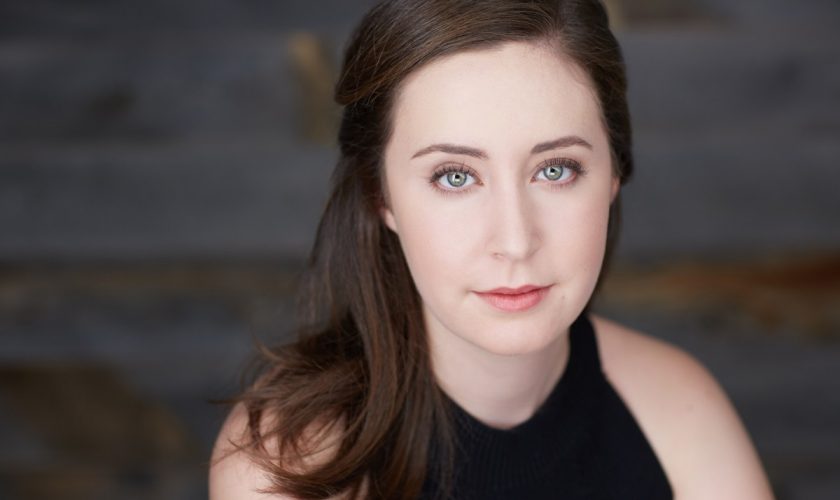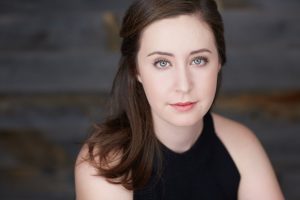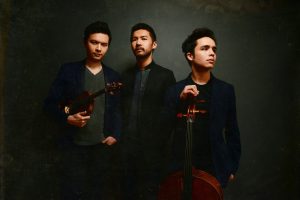
The JCT Trio — pronounced “junction” — plans to bring an ever-evolving musical dialogue to Chautauqua Institution.
JCT Trio will perform at 4 p.m. Monday, July 8 in Elizabeth S. Lenna Hall as part of the Chautauqua Chamber Music Guest Artist Series. The trio prioritizes a musical approach that cellist Jay Campbell describes as a “dynamic, fluid thing” — allowing for musical evolution and diverse audience interpretations.
Like many chamber music groups, the trio often performs music that is decades, if not centuries, old. Today’s performance features Christopher Trapani’s “Passing Through, Staying Put,” Charles Ives’ Piano Trio, Op. 86 and Antonín Dvořák’s Piano Trio in F minor, B. 130, Op. 65.
Campbell said the members aim to present the music from new perspectives.
“We’re not just trying to emulate the musical heroes we grew up with, but trying to bring something fresh and new to it,” Campbell said. “There’s a lot of different perspectives in the group, and we’re coming to these pieces that we’ve all known for a long time from very different angles. But there’s something in our approach that, to me at least, shows a similar aesthetic and a similar interpretation in terms of how we want to bring this music to life.”
Chamber music, which features a small group of musicians who each play an individual instrument, allows for an approach that Campbell describes as a type of conversation.
“Chamber music, at its best, feels like a dialogue,” Campbell said. “Each person has a very distinct, individual voice saying what they want to say into the piece to the audience — and to each other. Ultimately, it’s a dynamic, fluid thing — we’re working something out on stage.”
The JCT Trio’s goal is to help that conversation evolve. Campbell said many chamber music performances feature a group of musicians who play together only once.
“There was a feeling that when we do pick up chamber music, you play the piece once and then you never see those people again, so it doesn’t feel like you have this cumulative effect of playing pieces multiple times, growing with the same people and getting to know each other’s playing,” Campbell said.
Campbell and the other two members of the JCT Trio, Stefan Jackiw and Conrad Tao, wanted to create a longterm project where their music could evolve together.
“That was something that was kind of missing from our lives, so we thought it’d be fun to have this ongoing trio that we could perform in when we weren’t off doing our own projects,” Campbell said.
Campbell said that audience members’ interpretations of music are unique and unpredictable, and he believes that musical performances provide an “open door” of interpretive possibility.
“When you get out on stage and play something, you can’t really force someone to feel anything; they’re going to have a very individual, unique experience no matter what you’re playing,” Campbell said. “For me, performing is about opening up a door. If people want to step through it, they can.”
This is the trio’s first visit to Chautauqua. Deborah Sunya Moore, vice president of performing and visual arts, said the performers have made a name for themselves both as soloists and as a group.
“The three performers are soloists in their own right, so I’ve always been aware of them and I was excited to hear that they had formed a trio,” Moore said.
After their performance this afternoon, the trio will take the stage Tuesday as guests of the Chautauqua Symphony Orchestra. Moore said the performers’ impressive background and passion for music led her to book them for both performances.


